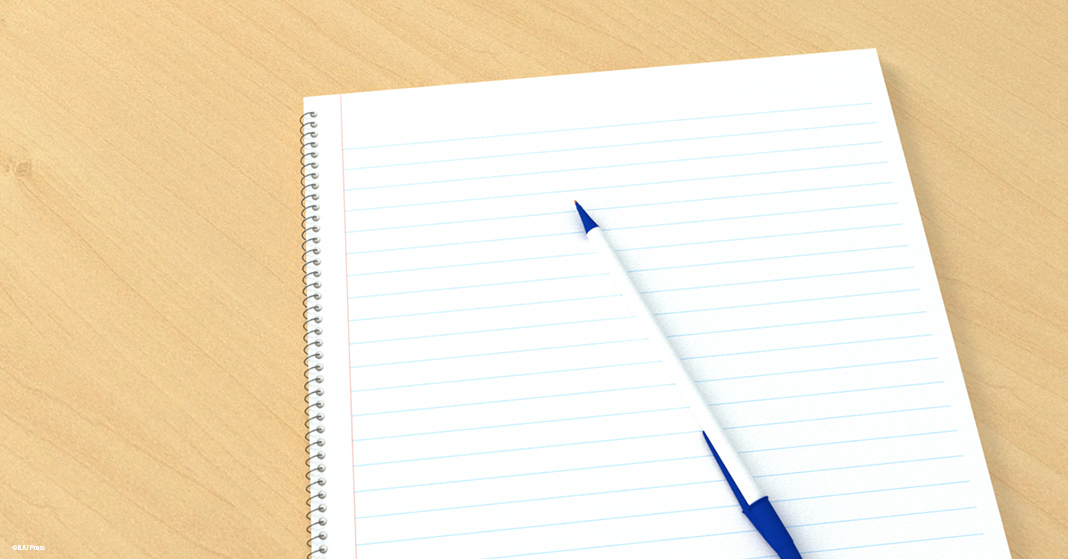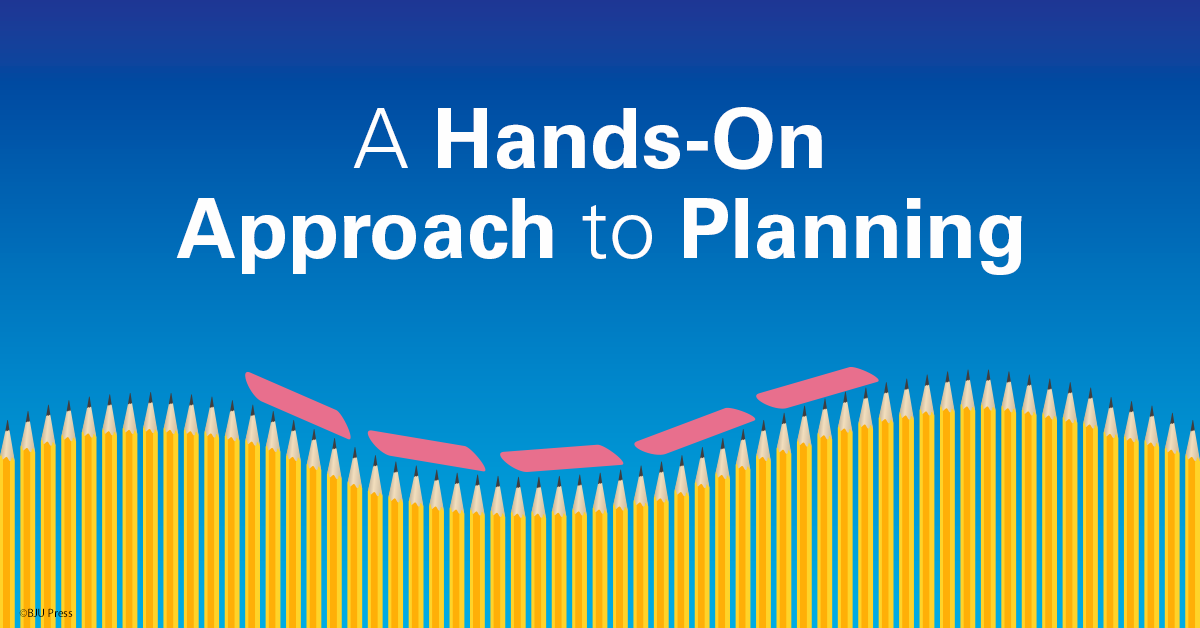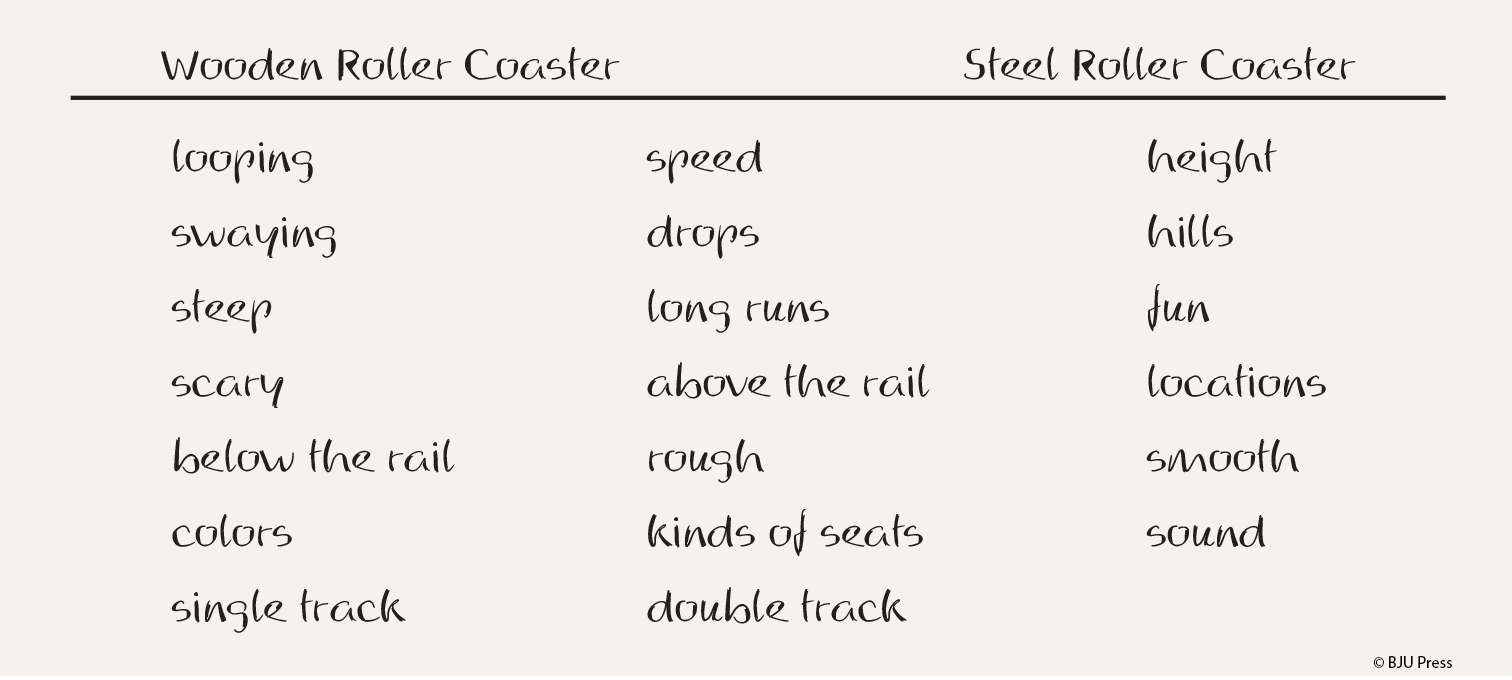
At times, it’s easy to start thinking that English is all about getting your kids to recite endless lists of grammatical rules or marking up their essays with red ink. But we should remember that, just as there’s a bigger purpose in science, there’s also a bigger purpose in studying writing and grammar.
At its heart, English is the study of written communication. And as followers of Christ, we believe that clear and effective communication best demonstrates Christlike character.
When your children are studying English, they should always know that they’re getting ready to share their testimony. Anything they write can either help or harm their testimony for Christ.
Veterans of the letter-writing generation may believe that the growth of technology means the death of the written word. On the contrary, written communication has exploded as more and more social media channels have appeared. Facebook users rely heavily on writing as they post status updates and comments on their friends’ updates. Even highly visual channels like Instagram and YouTube add written messages to pictures and videos.
Whenever your children enter the world of social media, whether they’re still at home or if they create accounts as adults on their own, they will be communicating their testimony in every status update and comment. It will not only come across in what they’re saying but also in how and how well they say it. Clear and effective communication can improve a believer’s testimony in two ways.
• Showing an appreciation and respect for truth
Clear communicators don’t want a small grammatical mistake to accidentally mislead the person they are communicating with. But in writing, grammatical correctness isn’t the only thing that matters. It’s also about being factual. Clear communicators double-check their facts and choose the best words for what they’re trying to say so that they’re understood. So long as your children are being careful in how they say things, people will value their honesty.
• Recognizing the value of people
The difference in today’s written word is that it’s highly condensed. If you want to share something online, you have to consider how much space you have to do it in and how much anyone will read. Those who learn to communicate effectively also communicate concisely because they believe that their messages have value and that people need to hear them. Today, many people may ignore a good message because it’s too long or too difficult to understand. Your children can show value for their friends’ time and energy by keeping messages clear and short.
This is what your children are working towards as they study grammar concepts or write essays in their English courses. They’re working to be able to communicate messages that matter, like sharing the gospel or encouraging a friend, so that no one will misunderstand or ignore them.
 Your homeschool year is about to get underway again, and with it, exciting new writing assignments. Whether your writer looks forward to learning more about writing or tries to stay as far away from it as he can, there’s one aspect of writing that he will most likely struggle with.
Your homeschool year is about to get underway again, and with it, exciting new writing assignments. Whether your writer looks forward to learning more about writing or tries to stay as far away from it as he can, there’s one aspect of writing that he will most likely struggle with.

